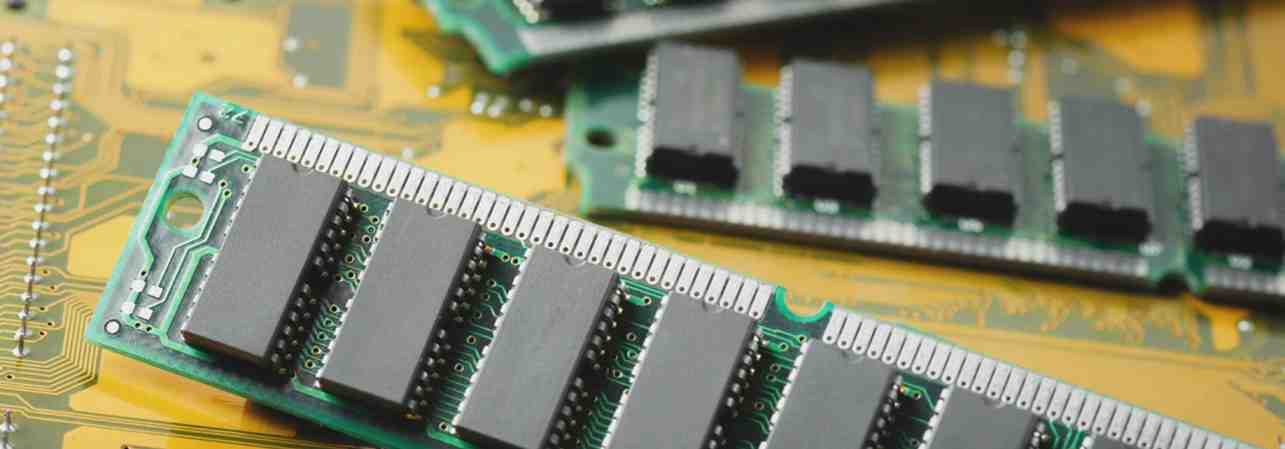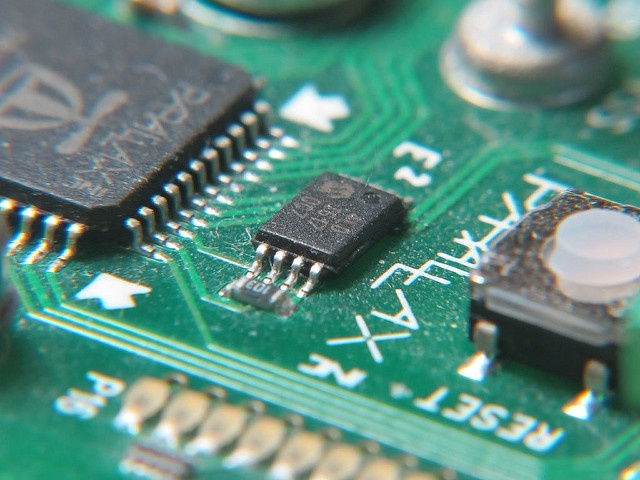As we know, the human brain is an essential organ or a part of a human’s body whose function is to store various memories to remember them whenever we want to.
You will find a similar mechanism engineered in various devices like computers, mobile phones, VCRs, Gaming consoles and radios to store and provide the data or information which we use the devices for. You can get more information about it through this important link.
Memory is the most crucial element of the computer system, due to which it is able to perform basic tasks. This is done with the help of memory chips which are installed on the motherboard of a device. Based on the storage type, the computer memory is further divided into two types:
Ø RAM (Random Access Memory)
Ø ROM (Read Only Memory)
RAM – Random Access Memory
RAM, which stands for Random Access Memory, is a volatile memory. It is so-called because the information stored in it is erased when the power supply is turned off. Whereas the ROM is a non-volatile type of memory as the information and data stored inside it can only be read, and you can neither erase nor edit the content of the information stored in ROM.
In this article, we are specifically going to focus on Read-Only Memory and explore it deeper to understand it better.
ROM – Read-Only Memory
ROM, which stands for Read-Only Memory, is a type of electronic storage built into a computer device during manufacturing. One can find ROM chips in computers and many other electronic products like VCRs, game consoles, and car radios. All of them make us of ROM complete their functions smoothly. ROM chips come built into an external unit – like flash drives and other auxiliary memory devices or installed into the device’s hardware (motherboard), as a removable chip.
It is an essential element of a computer system as it holds programming needed to start or boot up a PC. BIOS (Basic Input Output System), an important part of the computer start-up or boot-up process, is stored in the ROM. A device’s BIOS controls the way the device responds to cues from the user at the most fundamental level, such as a computer’s booting-up process that occurs when the system powers on. This type of memory is often referred to as firmware.
Since ROM is Read-Only Memory, the data stored in it cannot be edited; it is permanent and non-volatile, which means it holds on to the data even after the power is removed. In a typical modern computer or a laptop, there are various ROM chips installed on the hardware or built into an external unit like flash drives and other auxiliary memory devices. These chips are essential for basic input/output system, reading and writing to peripheral devices, software for basic utilities and processes.
From Conventional ROM to Modern ROM
During the earliest times, the ROM was engineered in such a way that in order to change the memory, systems had to be shifted back to the manufacturer.
Over time, manufacturers developed more flexible types of ROM like EPROM, which means erasable programmable read-only memory and electrically erasable programmable read-only memory. Let us have a deep lookout into the more advanced types of ROMs, which are distinguished on the basis of different ways of erasure of the content.
MROM
The very first ROMs were hard-wired devices that contained a pre-programmed set of data or instructions. This kind of ROMs is known as masked ROMs. These are relatively inexpensive.
EPROM
EPROM stands for Erasable Programmable Read-Only Memory. As the name itself suggests, it is a programmable read-only memory that can be erased and re-used. This erasure is done at a very slow speed and can be done only a limited number of times. Erasure of the content of EPROM requires additional equipment and is carried out by using ultraviolet light. In order to carry out the erasure, the EPROM chip has to be removed from the computer circuit to erase and re-program the BIOS.
EPROM is an array of floating gate transistors. Each transistor is programmed individually using an electronic device that supplies a higher voltage than the normal voltage used in digital circuits. Once programmed, the EPROM retains its data minimum of up to 10 years; many of them also retain data up to 35 or more years. In order to avoid the contact of UV light or camera flashes, the quartz crystal window slits are covered by the adhesive label.
EEPROM
EEPROM stands for Electrically Erasable Programmable Read-Only Memory. As the name suggests, it is an electrically erasable read-only memory. Same as EPROM, the EEPROM can be erased and re-programmed, but the thing which distinguishes both of these Read-only memories is the way by which the memory is erased in both of them.
As the EPROM can be erased with the help of UV Light, the EEPROM can be erased with the help of electrical signals. They are organised as arrays of floating-gate transistors. In order to erase and program, EEPROM has an advantage over conventional ROM and EPROM in that it can be done in-circuit with the application of special programming signals.
It is also relatively faster than EPROM in the process of erasure as the EPROM consumes 15 to 20 minutes for erasing content. In contrast, the EEPROM, which is also referred to as advanced EPROM, consumes only five milliseconds for the process.


Pingback: How To Pick The Right 3D Printing Software For Your PC